detail profile jeon chang geun
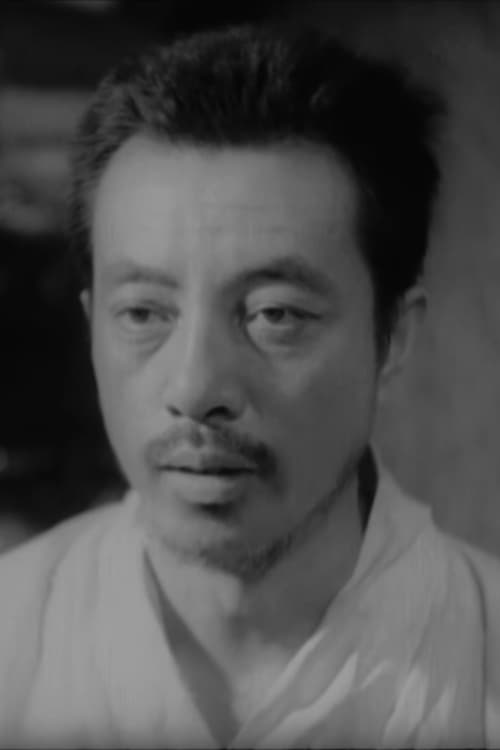
Jeon Chang-geun
전창근
atau dikenal sebagai
Peran Yang Di Mainkan Jeon Chang-geun
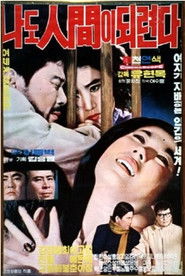 Natasha an officer at the Soviet...
Natasha an officer at the Soviet...I Want to Be Human 1969
Natasha, an officer at the Soviet Embassy in North Korea, is in love with Seok-bong. But Seok-bong has already planned his wedding with Bok-hui. Natasha grows jealous and threatens Bok-hui to leave somewhere else. Meanwhile Bok-hui's brother, Tae-yeong, is executed after participating in an anti-communist march. Seok-bong is accused of taking a part in the march. Seok-bong starts to feel pessimistic about his communist belief. He tries an escape to the South, but he is captured by the authority and executed.
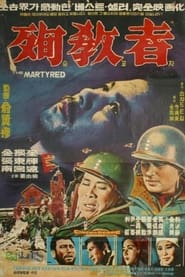 Out of fourteen ministers taken away...
Out of fourteen ministers taken away...The Martyrs 1965
Out of fourteen ministers taken away by the communist troop, only two come back alive. The mystery behind their survival is at the issue here. Told through one of the survivor's testimony, depicts images of men troubled between the war and the religion. Although laden with anti-Communist notions from the 60's military regime.
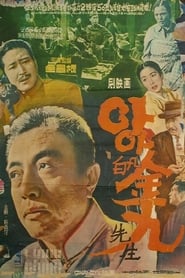 Kim Changsu who participated in the...
Kim Changsu who participated in the...Ah! Baekbeom Kim Ku 1960
Kim Chang-su, who participated in the Donghak Movement, escapes to Manchuria after being chased by the Japanese army, finally making his way home. Angered by the assassination of Empress Myeong-seong, he murders a Japanese lieutenant and is sent to jail. He escapes from prison turns his focus on the democratic movement by teaching civilians and organizing Sinminheo (a democratic organization), even changing his name to 'Kim Gu.' After he is imprisoned again, he gets out on parole and goes to China, where he participates in establishing a provisional government from which he can direct the anti-Japanese struggle. Kim Gu goes on to play a part in Yun Bong-gil's deeds in Shanghai, the events at Hongkou Park, the encounter with Jiang Jish, and the establishment of the Korean National Army, and leads the struggle for Korea's independence with warm fraternal love and clear national spirit. When Korea is liberated in August 15, 1945, he returns back to his native land.
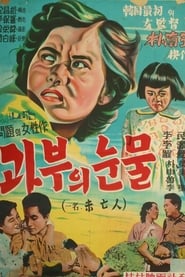 The only film from female director...
The only film from female director...The Widow 1955
The only film from female director Park Nam Ok, the melodrama The Widow offers a different perspective of the female experience in postwar Korea, and a woman's struggle between duty and desire. Raising a daughter alone after the war, widow Shin (Lee Min Ja) is much indebted to her late husband's friend Seong Jin (Shin Dong Hun) but resists his romantic advances. Instead, she falls for Taek (Lee Taek Kyun), who is carrying on an affair with Seong Jin's jealous wife (Park Yeong Suk). Shin is willing to give up everything for Taek, but his heart changes again when his girlfriend returns.
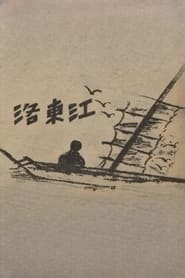 After graduating from university Ilryeong goes...
After graduating from university Ilryeong goes...Nakdong River 1952
After graduating from university, Il-ryeong goes back to his hometown, a small village beside the Nakdong River. Ok-nam is his lover and a teacher in his hometown. He cooperates with her in order to enlighten the people and to improve the village. Nakdong River is, along with The Street of Sun (1952) and A Bouquet of Thirty Million People (1951), one of the important films made during the Korean War that the Korean Film Archive has rediscovered and made available to the public.
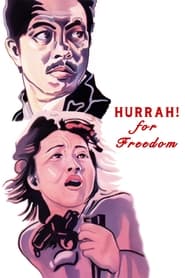 Hurrah For Freedom aka Viva Freedom...
Hurrah For Freedom aka Viva Freedom...Hurrah! For Freedom 1946
Hurrah! For Freedom (aka Viva Freedom) is a 1946 Korean film directed by Choi In-kyu. It was the first film made in the country after achieving independence from Japan. During the country's occupation Choi was only allowed to make Japan-friendly films, but the plot of Hurrah! For Freedom is distinctly different, telling the story of a Korean resistance fighter in 1945.
 Confession of an Actress is about...
Confession of an Actress is about...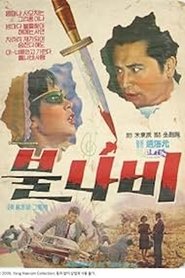 A young bride becomes the prime...
A young bride becomes the prime...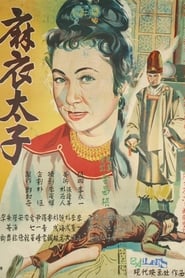 Prince Kim Chu last prince of...
Prince Kim Chu last prince of...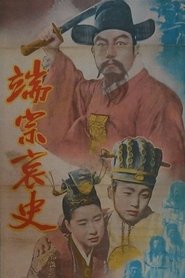
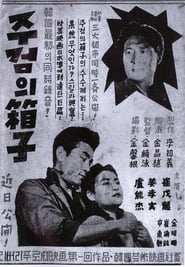 A village youth gets trapped inside...
A village youth gets trapped inside...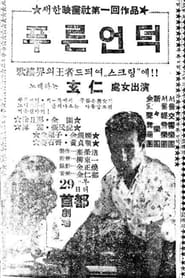
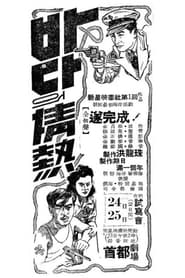
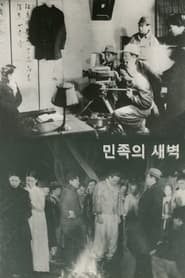
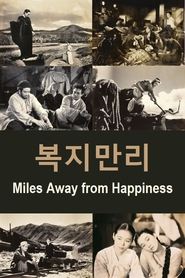 To resolve the conflict between the...
To resolve the conflict between the...